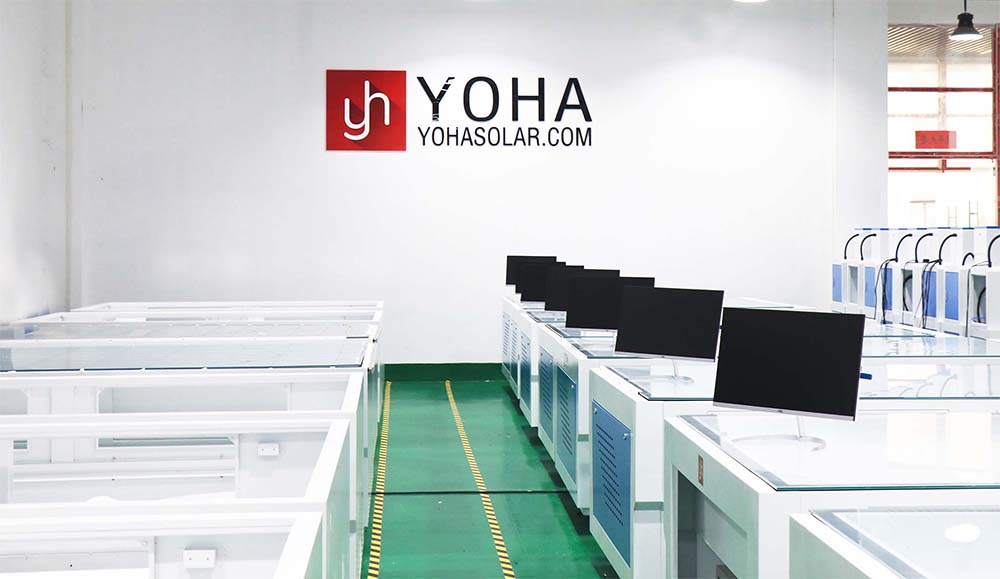Welcome to Wuhan Yoha Solar Technology Co., Ltd!
common problem
Site Map
Language:
 Chinese
Chinese
 English
English
Welcome to Wuhan Yoha Solar Technology Co., Ltd!
common problem
Site Map
Language:
 Chinese
Chinese
 English
English
As the core equipment for assessing the performance of photovoltaic (PV) modules, PV module testers ensure compliance with quality standards and reliability requirements by accurately measuring parameters such as photocurrent, photovoltaic voltage, and power output. Against the backdrop of accelerating renewable energy development, this field is undergoing profound technological transformation and market expansion.
The key breakthroughs in PV module testers lie in high-precision measurement and intelligent integration. New-generation devices incorporate IoT, big data, and artificial intelligence (AI) technologies, utilizing smart sensors to collect real-time operational data and enabling automated analysis and report generation through remote control modules. For example, electroluminescence (EL) testers employ high-resolution cameras and image processing technology to non-destructively identify internal defects in modules, with data directly uploaded to cloud platforms for predictive diagnostics. Measurement accuracy has also significantly improved—advanced algorithms and high-precision sensors reduce errors in voltage, current, and other parameters to minimal levels, providing reliable benchmarks for power plant efficiency evaluations.

With the widespread adoption of new PV materials such as perovskite and heterojunction (HJT) cells, PV module testers must evolve to meet diverse demands. For the transient characteristics of perovskite cells, the industry has developed millisecond-level detection systems to address stability assessment challenges. Tandem cell testing relies on simulators with a spectral range of 350–1800 nm, precisely adjusting light conditions to simulate real-world performance. Such technological iterations demand flexible and versatile testing equipment capable of comprehensive evaluations of optoelectronic performance, durability, and other metrics across different material specifications.
The key to improving testing efficiency lies in process automation and platform consolidation. PV module testers are increasingly incorporating robotics and automated control systems to replace manual operations, reducing testing time by over 40%. Static testing modules rapidly assess load-bearing capacity via telescopic rods, while dynamic modules simulate environmental stresses such as wind pressure and snow load to evaluate mechanical performance holistically. Integrated platforms further combine IV curve testers, EL testers, and other devices, enabling end-to-end testing from individual modules to entire power plant systems, significantly lowering overall costs.
Eco-friendly design has become a new focus for PV module testers. Manufacturers prioritize energy-efficient materials and low-carbon processes to reduce energy consumption during production and operation. Testing processes are also optimized—for instance, LED-based light simulators consume 30% less power than traditional xenon lamps. The industry is simultaneously exploring circular economy mechanisms, such as standardized component design and recycling technologies, to extend equipment lifespans and minimize e-waste.
Although the global PV module tester market is projected to grow at a compound annual growth rate (CAGR) of 9% (reaching $190 million by 2029), challenges persist:
Future breakthroughs will focus on three areas:
The technological evolution of PV module testers closely aligns with the dual goals of improving PV efficiency and enabling low-carbon transitions. Their innovations not only establish technical safeguards for module reliability but also serve as pivotal enablers in optimizing global energy structures.
keywords:TOP
18086473422
MESSAGE
